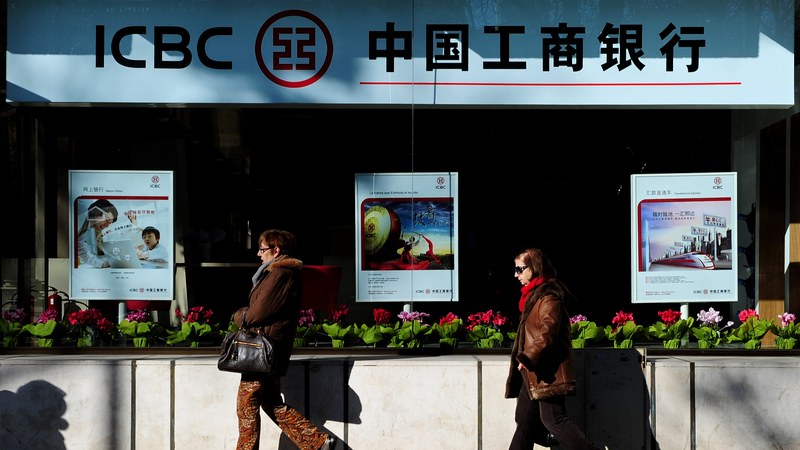As the world grapples with de-globalization, China's economy faces the challenge of declining exports, a trend expected to persist long-term. In response, the country is shifting its production model from supplying mid- to low-end industrial goods for the global market to focusing on products and services that bolster domestic demand and drive technological innovation.
Emphasizing Domestic Demand
To stabilize economic growth amid diminishing external demand, boosting domestic consumption has become crucial. China's expansionary fiscal policy plays a pivotal role in this transition. By increasing fiscal expenditures beyond revenues, the government aims to create a net surplus for residents and businesses. This approach is essential, especially when other sectors like monetary policy are struggling to effectively channel savings into investments.
Strategic Allocation of Fiscal Funds
The government is strategically allocating fiscal funds to stimulate the economy. Investments are directed towards debt resolution and transfer payments, which help restore government investment growth. Additionally, initiatives such as trade-ins and cash subsidies for residents are being implemented to directly support consumption, amplifying the impact on economic stimulation.
High-quality supply chains are also a focus. In an era where technological progress is hindered by de-globalization, the Chinese government is taking responsibility for promoting independent innovation in key sectors. By pooling financial resources and utilizing top-level design, China aims to drive technological advancements across various industrial chains. Furthermore, fiscal funds are being used to restructure grain and energy supply channels, ensuring food and energy security amidst global uncertainties.
These measures reflect China's commitment to sustainable economic growth by balancing fiscal expansion with strategic investments in technology and domestic infrastructure.
Reference(s):
China's expansionary fiscal policy, expectations of declining exports
cgtn.com




